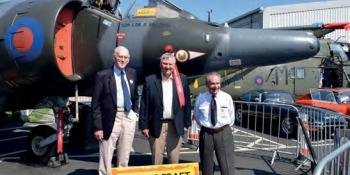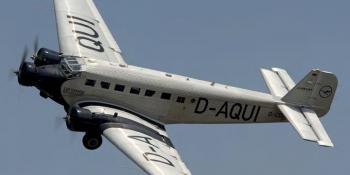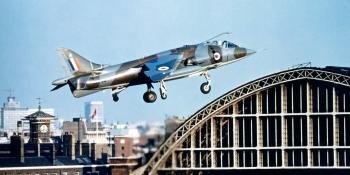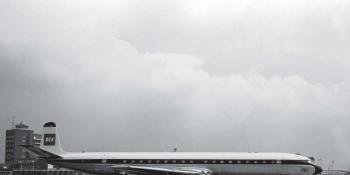TSR2 engineer recalls a notable head-up display development challenge
The TSR2 marked the beginning of the global change from analogue to digital technology, freeing designers to explore new performance paths and levels. The problem with analogue devices is that any desired changes to their mode of operation can generally be accomplished only by time-consuming mechanical re-engineering: think of the models of the solar system on display in museums and the complexity of gearing needed to change the daily and yearly movement of the planets around the sun. Analogue equipment can also suffer from drift, where the design settings can change after a time due to wear and tear. Digital devices, on the other hand, are always either totally correct because each is designed with a built-in degree of accuracy by way of sequences of ones and zeros, or don’t work at all because of a malfunction or design error. Yes, they can suffer interference, but we’re talking theory here. A further complication is that operation in conjunction with analogue devices can be complicated, even impossible and rarely satisfactory. The TSR2 was the world’s second
Nine two-seat development batch navattack example. The first, XR219, wa…






